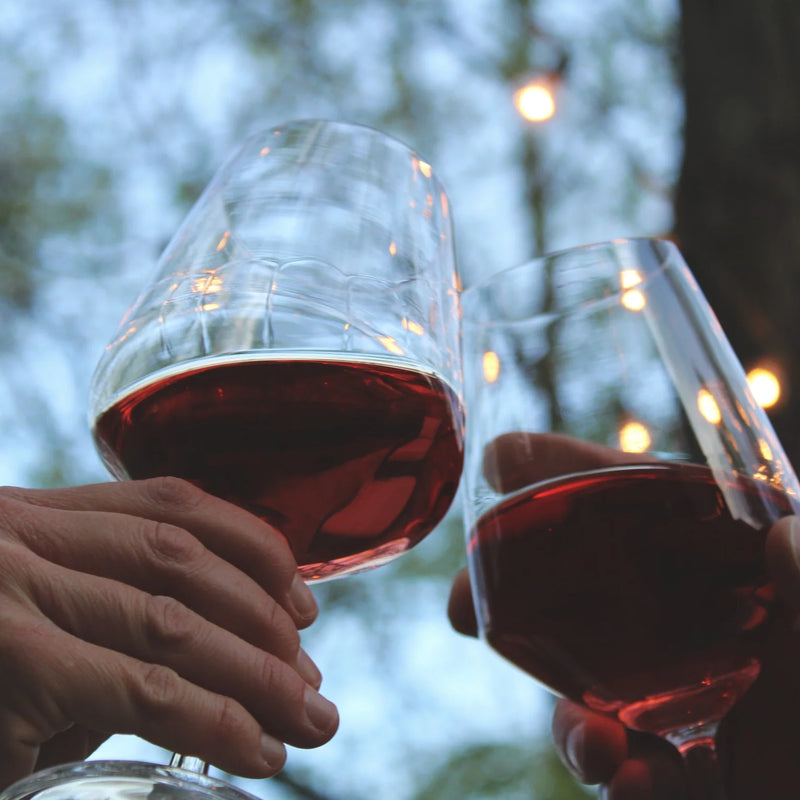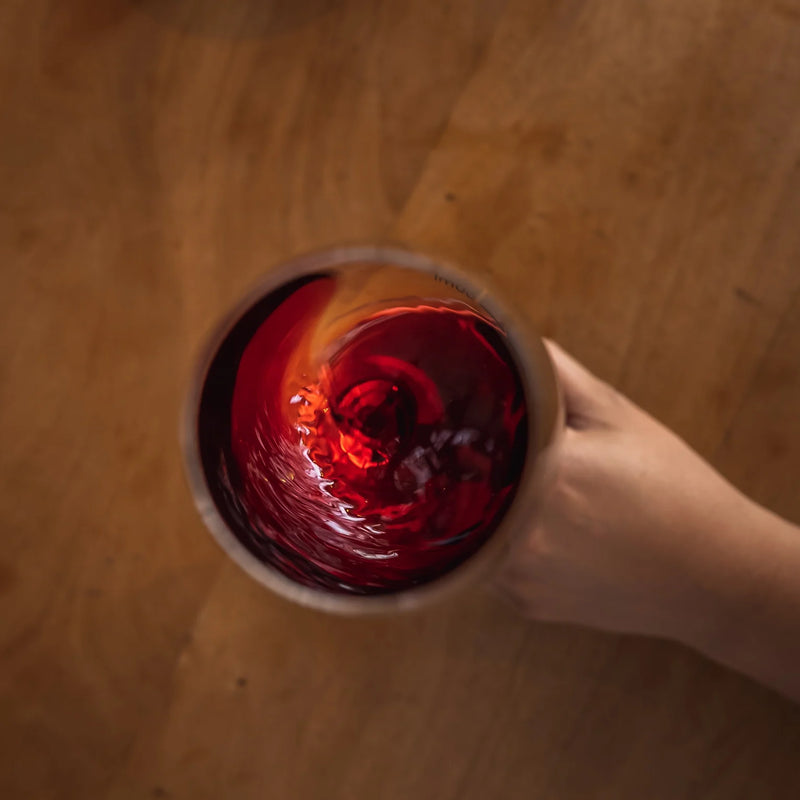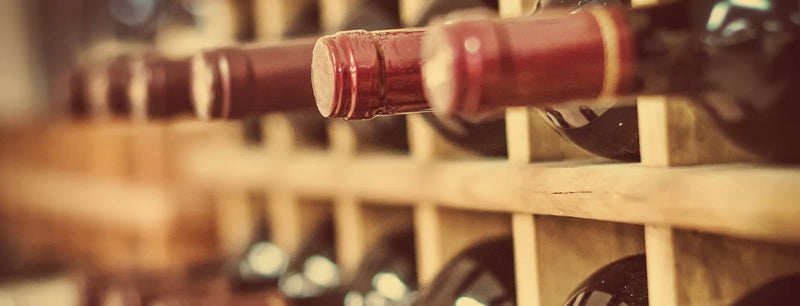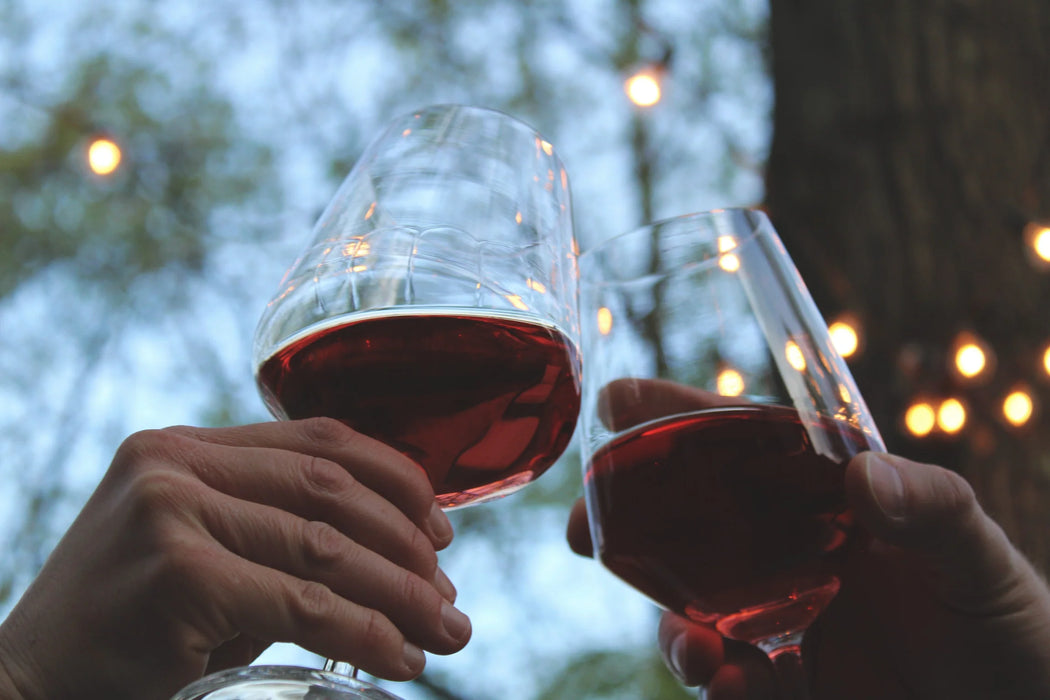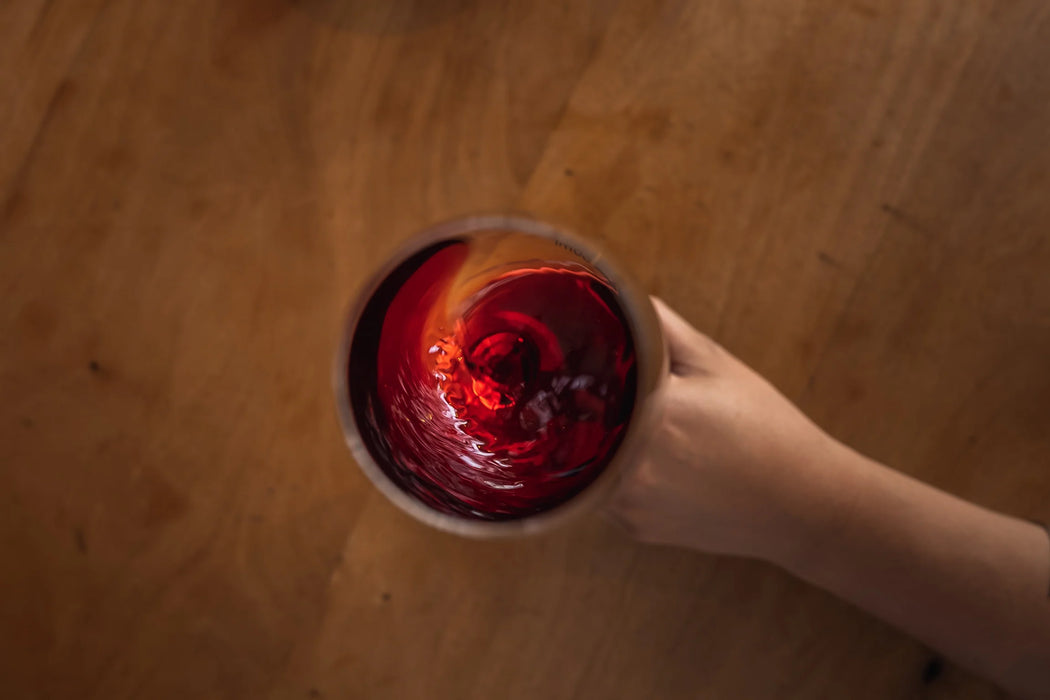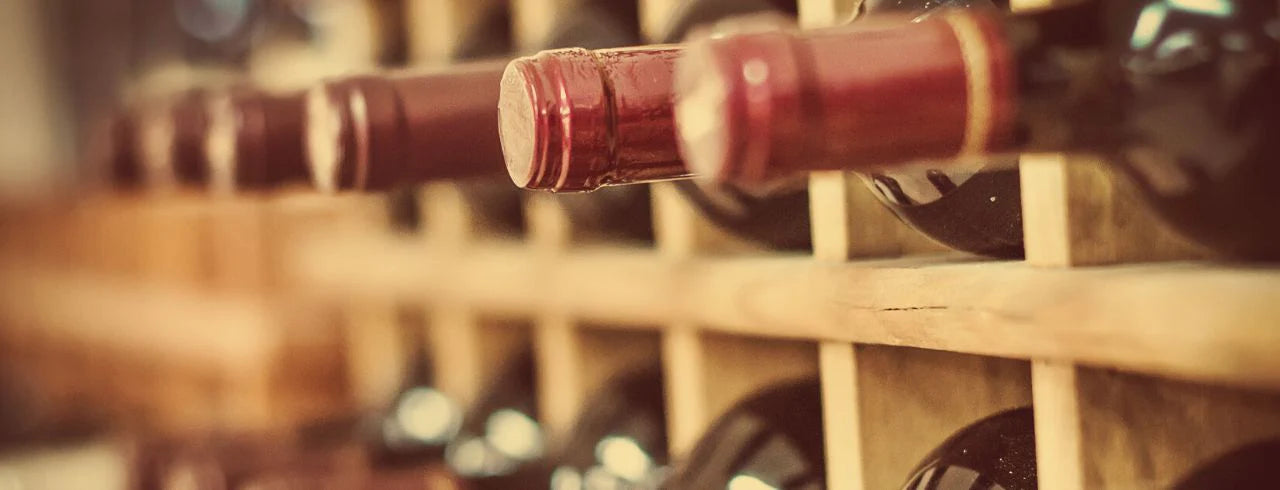
Chianti
Kee-ahn-tee
Parents & Origin: Mainly Sangiovese grape, Central Tuscany Grape: Small, spherical, dark purple skin Flavors: Cherry, strawberry, dried herbs, balsamic vinegar, smoke Notable Regions: Chianti wine region (Tuscany, Italy)
Sweetness: Dry Body: Medium Tannins: High Acidity: Medium-High ABV: 11.5-13%
The History of Chianti
Chianti dates back to the 13th century when winemakers were documented growing excellent grapes in the “Chianti Mountains” near Florence, Italy. The presence of Sangiovese grapes has always defined Chianti, but interestingly, the wine originated as a white wine with higher proportions of white grapes. Over time, higher quantities of Sangiovese became preferred, leading Chianti to become the flavorful red wine it is known as today.
The Chianti winemaking region began to be regulated in the 18th century after a proclamation by Cosimo III de Medici, the Duke of Tuscany. The boundaries dictated by Cosimo are today known as the “Chianti Classico” subregion, although Chianti wines are still produced in the Greater Chianti region that surrounds its original heartland.
In the 20th century, international demand for Chianti grew due to its reputation as an affordable, easy-to-drink wine. It became especially popular in the late 20th century due to its availability in Italian-American restaurants, and Chianti at this time was often sold in a squat bottle encased in a straw basket known as a fiasco. However, Chianti has recently regained some appreciation for its quality, which can be essential in a wine enthusiast’s collection.
Interesting Fact: In the United States, Chianti is frequently associated with the 1991 film “Silence of the Lambs,” in which it is referenced in a quotable line from Hannibal Lecter. This line solidified Chianti in popular culture and reflected the significant popularity of Chianti in the late 20th century.
Chianti Food Pairings
Due to its balance of earthy flavors, high tannins, and high acidity, Chianti pairs well with many foods, particularly those of Italian origin.
The Best Chianti Food Pairings
Naturally, Chianti is most often paired with hearty Italian food of all types, especially those with red sauce. Chianti is also good with strong-tasting lamb or poultry and is also often known as an ideal wine to pair with pizza.
Food Pairings to Avoid with Chianti
Like most red wines, Chianti is not ideal for lighter dishes, particularly those involving seafood. For the most part, however, Chianti is a versatile wine that pairs with most foods.
Chianti Tasting Notes
Chianti is prepared from 75-100% Sangiovese grapes, with any additional grapes being Canaiolo or other approved red grape varieties. Chianti is high in tannins and is usually oaked for several months, 7-24 months in the case of Chianti Classico. This results in a medium-bodied wine with notable earthy and rustic aromas. Common flavor notes include cherry, strawberry, dried herbs, balsamic vinegar, and smoke.
Chianti's Delicate Flavors
Sangiovese grapes are known for their tough skin and bold flavors, leading to the boldness of the aromas imparted in Chianti wine. This may even result in some coarseness and tartness on the palate. Still, these are just features of Sangiovese that all add to the savory, multi-faceted taste of Chianti, something that can be no better described than the pure taste of Italy.
Chianti Classico vs. Greater Chianti
Wines from the Chianti region dictated by Cosimo III de Medici are today known as “Chianti Classico.” This region produces the most prestigious wines with medium body and firm tannins, as well as the more complex flavors that may be lost in other wines.
The finest Chianti Classico wines, particularly those labeled reserva or gran selezione, are aged for more than two years and come at a steep price. However, excellent wines can also be made in the “Greater Chianti” area that surrounds the Classico region. Some Greater Chianti regions, such as Rufina, are known in their own right for their premium vineyards.
Chianti in a Nutshell
Since its origins in Tuscany in the 13th century, Chianti has risen to become one of the most widespread and recognizable Italian wines. Often overlooked due to its commonality and affordability in the 20th century, modern-day Chianti has all but lost the fiasco and is now one of Europe’s most complex and flavorful wines. Prized for its food-friendliness, Chianti is an excellent addition to almost any Italian meal, from poultry to pizza. So if Italian is on the menu, then Chianti is a must-have for any wine connoisseur.
Ready to learn more? Don't forget to check out our other wine guides:
Red Wine Guide
Sparkling Wine Guide
White Wine Guide
Rosé Wine Guide
Dessert Wine Guide
